I mark time by what is happening in the natural world.
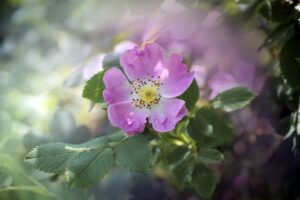
Gabriela Piwowarska, Pixabay
One of my earliest memories was of the roses in my childhood backyard. They bloomed at the very start of May, often on May first. My mother, who was Catholic, would encourage us cut several to put in small vases and bowls of water, before her statues of Mary mother of Jesus, and on the mantle and table. At the same time, roses featured in processions of Mary in my very Catholic neighborhood, which were followed by crowning the Queen of the May with roses, a tradition held over from Old Europe, and not Catholic at all, that I know.
Now at the halfway point between Spring and the start of Summer, I am watching the rose buds, and waiting for them to bloom — a little later this year, because it has been cooler. Last week I returned from the Midsouth Women’s Herbal Conference, that from my perspective was a unified field of kindness and inspiration under the leadership of Michelle Rigling. It was nurtured by the wonderful women who were there; and some who could not even be there, but whose presence still lingered from previous years. So fitting for the energies of the Rose. This conference was marked for me by the bloom of the dogwoods that were everywhere on the eastern journey, and my return home from it with the coming of the roses. Both are magical plants. But then, all plants are magical.
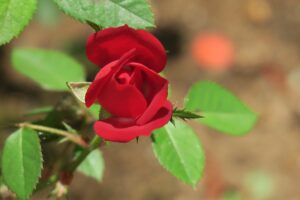
Ellen Chan, Pixabay
What does the Rose sing to you? She is a plant of initiation, bringing us intoxicating scent (usually), beauty, silken sensuality, and thorns (usually). More accurately, these are prickles — they arise from the skin of the stem, and in the case of roses curve downward, both protecting the Rose from animals, and helping them to grow over other plants. Roses are not all sweetness and light, and like all gateway herbs and guides to transformation, she holds a suggestion of trials in the journey, and moves us to attend to power-within. Rose claims her own space. She is a mistress of shielding her delicate beauty, and expanding well beyond the ground where she is rooted. We must enter her space with respect, and mindful of her authority in it, whether we are doing inner work or remedies for skin and bones.
She is another guardian of the boundaries, often found in my region on fence lines and hedgerows, with a warning to those who come frivolously, or out of harmony with her delicate prickly medicine. She is also a guardian of the boundaries of the heart, helping us connect with our own deeper flows, while holding the door against those who would enter with force.
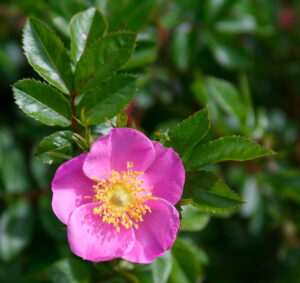
Native roses that grow in the south central plains and nearby bioregions include the Carolina Rose (Rosa carolina), that grows with other shrubby plants, and the Prairie Rose, also known as Rosa blanda. It has few prickles, and is a little paler than R. Carolina, but it’s what I see more, and it’s a beautiful find to stumble on in a hot dusty field.
Rosa carolina — Malcome Manner CC BY 2.0
Rosa blanda — Frank Mayfield Creative Commons CC BY_SA 2.0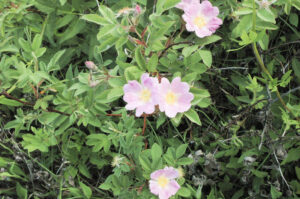
Some qualities of the Rose:
Antiinflammatory
Astringent
Cooling
Nervine
Nutritive
Pelvic decongestant (moves blood, moves energy)
Wound healing
Those suggest applications and uses:
When you’re hot! That includes hot under the collar as well as thermally hot. Rose helps relax the liver, and is a soothing nervine also. Use cooling Rose Water or strong cooled tea, tincture or oxymel for hot conditions or heat injuries. I use a tea of leaves and / or flowers on hot, sticky eyes and it’s a true relief when it’s been blowing dust. I drink it in summer, and will often pour some in my hand and wet myself down with it, smoothing it over itchy or scratched skin. (Herbal medicine doesn’t have to be complex, and often, simple approaches are the best!)
As a mild emmenagogue and pelvic decongestant. (Some say not so mild, but it doesn’t feel as strong to me as, say, mugwort does). Especially in summer I’ll drink the tea when I’ve been at the computer more than the garden, and doubled over my midriff as I lean forward. I can physically feel the renewed flow of energy and blood to the area, even if I’m just resting. (Caution in pregnancy. If in doubt, seek the assistance of a qualified practitioner before using.)
A gentle toning astringent. It’s mild enough for children, and often used as an eyewash. (Don’t mistake “mild” for ineffective! Often mild herbs used longer are superior to stronger ones that cannot be taken at length.) Use any time an astringent is called for. Eyes, mucous membranes and skin all respond with reduced weepy, leakiness in the presence of rose, internally or externally.
As a skin healer. Try a tea for scratches and superficial wounds or as a facial toner, and infused rose oil to follow the toner.
Apothecary:
Monfocus on Pixabay
To Make a Tea:
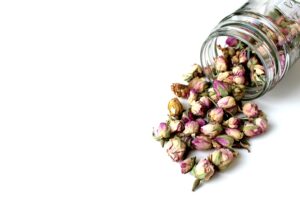
Put 1/4 cup of fresh leaves and petals coarsely chopped, or 1-2 Tablespoons dried in a pint jar, and pour just boiled water over them. Cap and steep for at least 30 minutes. (If you want a stronger infusion, use 1/2 cup per pint, and steep overnight.) These can be used as is, or diluted at need for a soothing skin wash in hot weather. Sip any time you feel boggy, want to cool down, or for a heart easing nervine before bed.
Sun Infused Oil:
Fill a small jar with newly but well dried, chopped rose buds and cover with olive oil. Cap tightly and place in a warm, sunny window on a plate. (The oil may leak out as it steeps, and the plate will protect your surface.) Let it sit for 4-6 weeks, then pour through several layers of cheesecloth into a clean jar. Cap tightly, and store in a cool dark place.
Oxymel:
An oxymel is a mixture of vinegar and honey, and there are many ways to make one. This is my favorite for Rose:
Fill two small jars full of fresh coarse chopped fragrant rose petals, or 1/3 full of dried. (A 4 to 6 ounce jar is a good size to learn with.) Pour raw apple cider vinegar into one jar to about 1/2 inch from the top, and fill the other with honey, to the same level. Stir the honey jar well. Let them sit in a cool, dark space for 4-6 weeks. At the end of that time, find a jar that will hold the liquid contents of both together, and filter each jar through a few layers of cheesecloth into it. Shake well, label and store. Use an ounce of oxymel with or without water any time you want a gentle nervine to help you cool down.
♦
A blog post can only scratch the surface of this multifaceted plant. This month on the Prairie Star Herbalist Connection we are talking in depth about the Medicine of the Rose. I invite you to join us for a Zoom Circle, starting with a slide show covering Actions, Energetics, Uses, History, Lore, and Clinical Applications; followed by an in-depth discussion of personal experiences with the plant.
(There is a small monthly subscription fee, and you will have access to all of the instructional content for all 7 topics for as long as your are there. Stay as long as you like, and cancel at any time. To learn more, click here, and check out the monthly or yearly plans. You can investigate before you pay. Once you join, check Events in the sidebar, and you’ll see it there.)
Hope to see you in the Community! There is so much more to say and know about the Medicine of the Rose.

You can join the Prairie Star Herbalist Connection here.
You can follow Joan on facebook here.
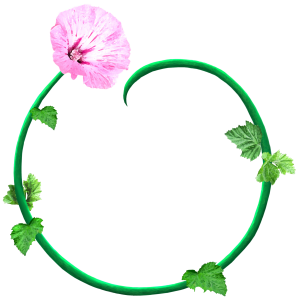
These statements have not been evaluated by the FDA, are not intended to diagnose or treat disease, and are for informational purposes only.
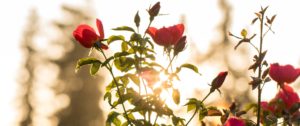
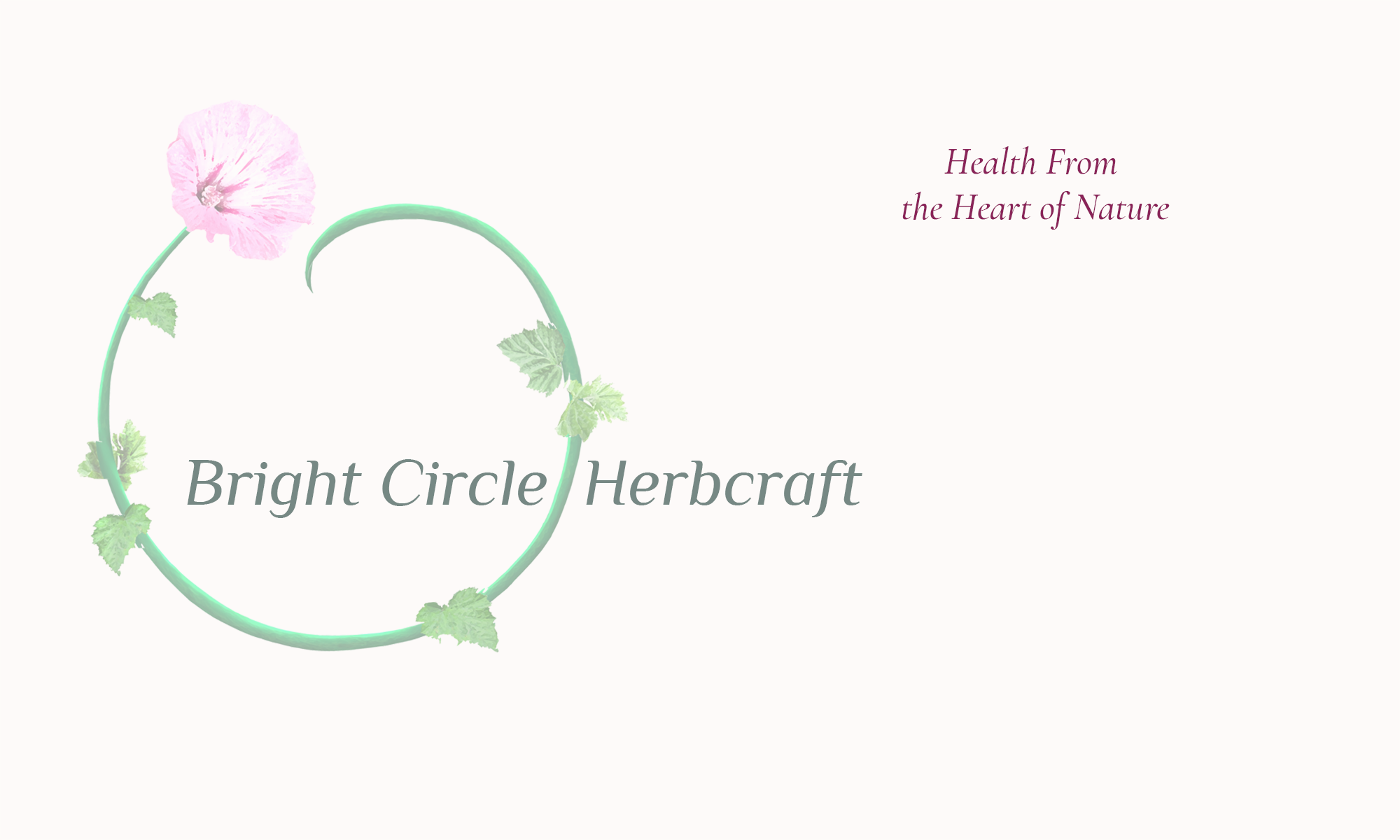
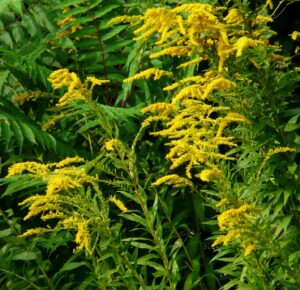 In August I am watching Goldenrod, for the first buds that tell me it’s ready to share it’s exuberant goodness with those who are supporting urinary tract health and mitigating allergies. Our most common species is Solidago canadensis, but most of the Goldenrods will work well in conditions of bladder concerns, achy kidneys, edema in the feet, and seasonal itchy nose.
In August I am watching Goldenrod, for the first buds that tell me it’s ready to share it’s exuberant goodness with those who are supporting urinary tract health and mitigating allergies. Our most common species is Solidago canadensis, but most of the Goldenrods will work well in conditions of bladder concerns, achy kidneys, edema in the feet, and seasonal itchy nose.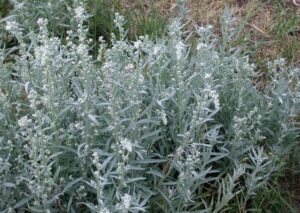 The energy of our Mugwort, Artemisia ludoviciana is so heady right now that it induces a sort of giddiness, leaving me near to surrendering to a porch swing in my garden to just revel in it. Mugwort is known for facilitating dream work, and dreaming surrounded by the puffy white clouds of the not-so-hot mornings in the Dog Days of summer does not seem like a bad thing.
The energy of our Mugwort, Artemisia ludoviciana is so heady right now that it induces a sort of giddiness, leaving me near to surrendering to a porch swing in my garden to just revel in it. Mugwort is known for facilitating dream work, and dreaming surrounded by the puffy white clouds of the not-so-hot mornings in the Dog Days of summer does not seem like a bad thing.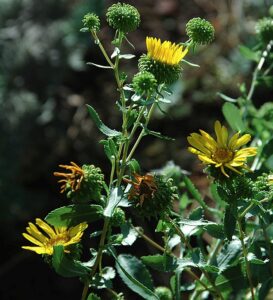


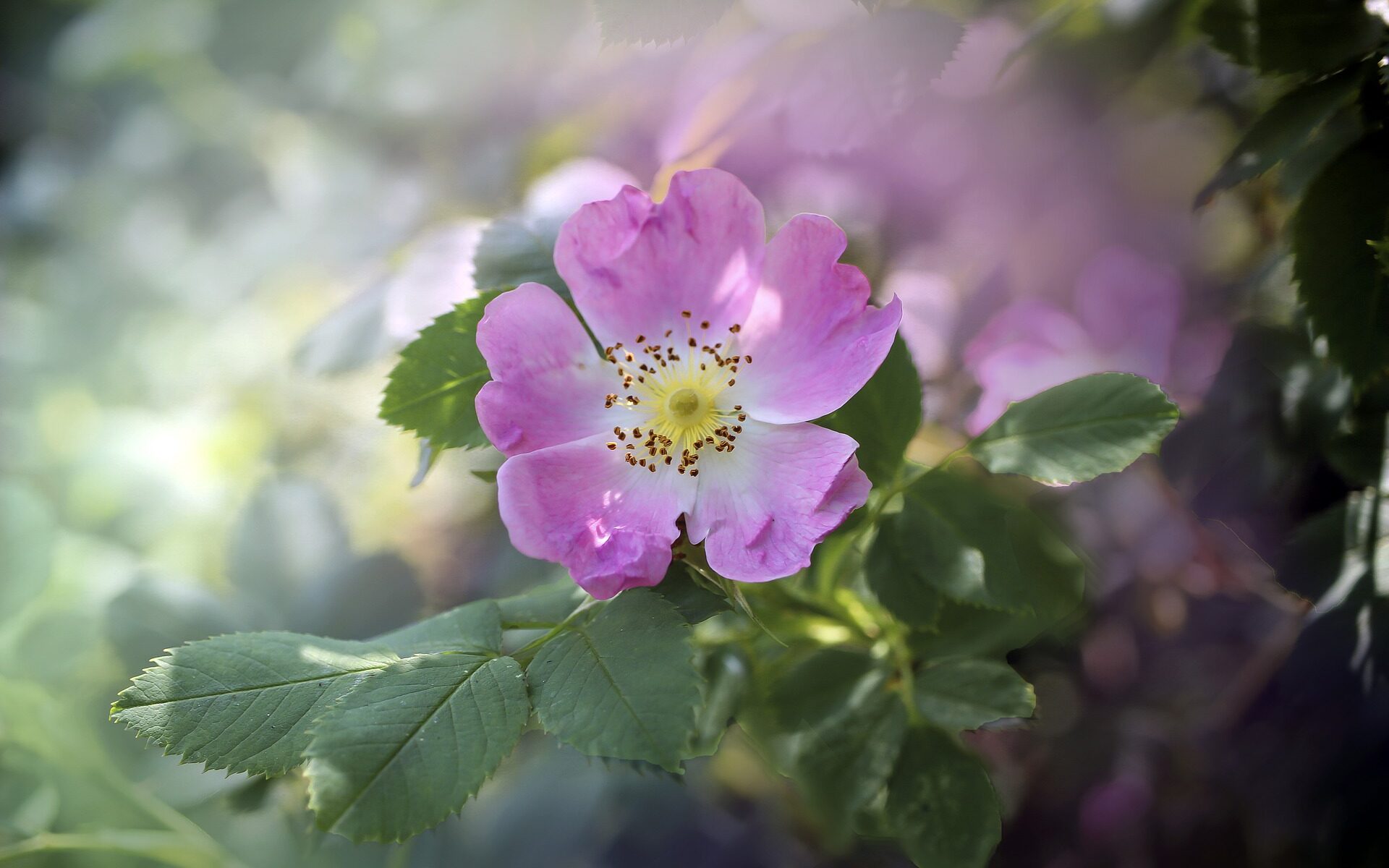









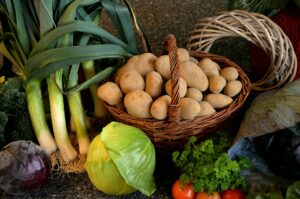
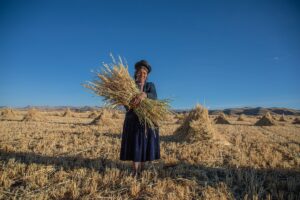
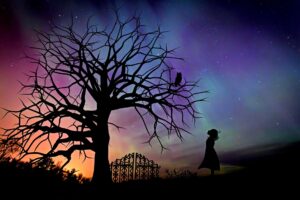
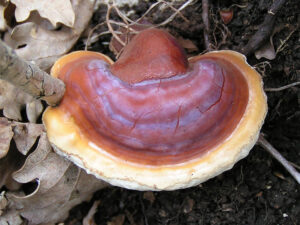
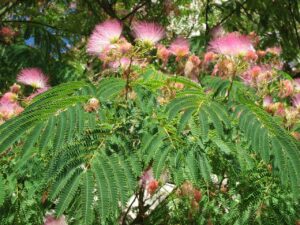
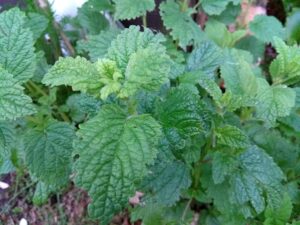 I’ve mentioned it before as an herb to ease stress, so I’ve just copied my previous entry: It is a member of the mint family, that comes to us from southern Europe. Its name Melissa comes from the Greek for “bee”. (Bees love it!) Calming, Mildly sedative and antidepressive — what’s not to love! It has been naturalized here for a long time, and is a favorite for its soft energy, strong presence, and delicate fragrance. Avicenna, a middle eastern herbalist who taught and practiced during the middle ages, recommended it to “make the heart merry”. It nourishes the nerves and has antiviral properties, making it a favorite in times of viral illness. Try a cup of relaxing lemon balm tea as you stop the clock to unwind; or snip fresh leaves into a salad for added flavor and an uplifting treat for your spirit.
I’ve mentioned it before as an herb to ease stress, so I’ve just copied my previous entry: It is a member of the mint family, that comes to us from southern Europe. Its name Melissa comes from the Greek for “bee”. (Bees love it!) Calming, Mildly sedative and antidepressive — what’s not to love! It has been naturalized here for a long time, and is a favorite for its soft energy, strong presence, and delicate fragrance. Avicenna, a middle eastern herbalist who taught and practiced during the middle ages, recommended it to “make the heart merry”. It nourishes the nerves and has antiviral properties, making it a favorite in times of viral illness. Try a cup of relaxing lemon balm tea as you stop the clock to unwind; or snip fresh leaves into a salad for added flavor and an uplifting treat for your spirit.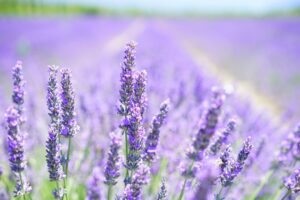 Lavender tea, ½ teaspoon +/- to a cup of boiling water poured over it, is a supreme source of ease on many levels. You get the full fragrance of the buds that way, and the smell is part of the medicine. It’s bitter though, and honey is fine. The bitter property tells us that it will ease digestion (It’s used in many French culinary blends for this), and in fact, it also eases liver tension. If you feel that you emotions are “stuck”, and you just can’t get anywhere with sorting things out, try letting it all go for awhile, then when you are ready, sit with a cup of strong honeyed lavender tea, and sneak up on a little reflection time. Note: Lavender essential oil does not act in the same way as the tea does. Essential oils are not herbs. (They are a highly refined fraction consisting only of the volatile oils, and are missing many of the medicinal constituents of the whole herb.) Use lavender mindfully if pregnant, and avoid if the pregnancy is delicate.
Lavender tea, ½ teaspoon +/- to a cup of boiling water poured over it, is a supreme source of ease on many levels. You get the full fragrance of the buds that way, and the smell is part of the medicine. It’s bitter though, and honey is fine. The bitter property tells us that it will ease digestion (It’s used in many French culinary blends for this), and in fact, it also eases liver tension. If you feel that you emotions are “stuck”, and you just can’t get anywhere with sorting things out, try letting it all go for awhile, then when you are ready, sit with a cup of strong honeyed lavender tea, and sneak up on a little reflection time. Note: Lavender essential oil does not act in the same way as the tea does. Essential oils are not herbs. (They are a highly refined fraction consisting only of the volatile oils, and are missing many of the medicinal constituents of the whole herb.) Use lavender mindfully if pregnant, and avoid if the pregnancy is delicate.